Home>Construction & Tools>Building Materials>How To Hang Something On Stucco
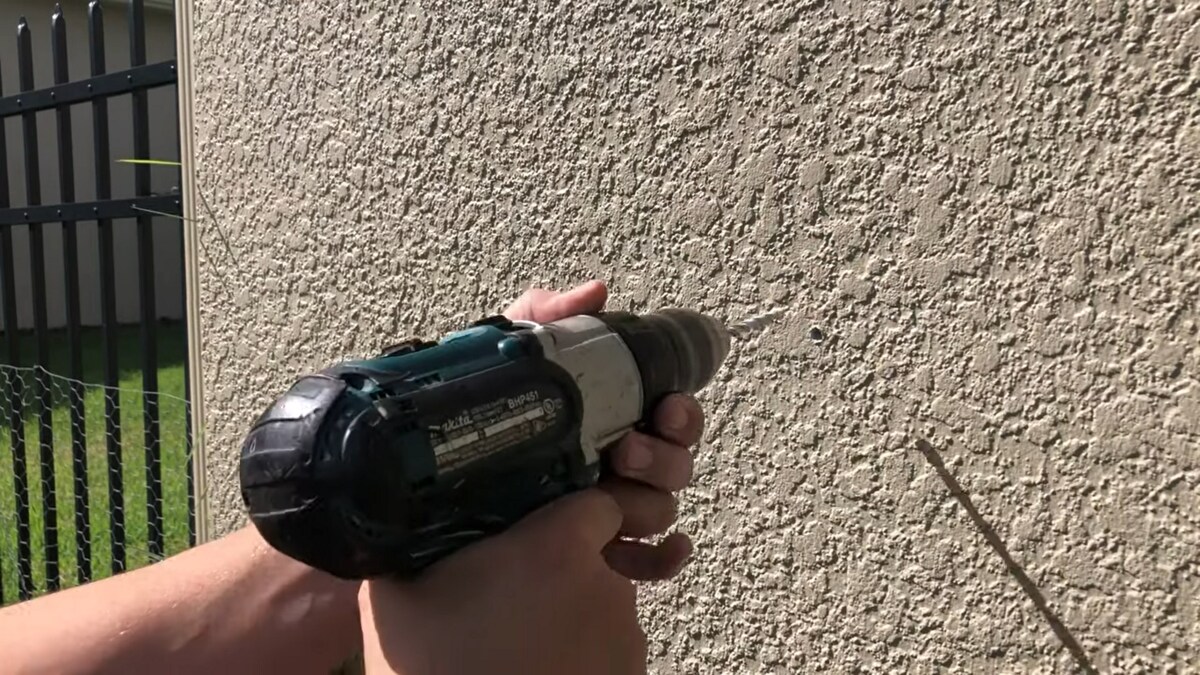

Building Materials
How To Hang Something On Stucco
Modified: October 20, 2024
Learn the best techniques for hanging items on stucco walls with our step-by-step guide. Find the right building materials and tools for a secure and lasting installation.
(Many of the links in this article redirect to a specific reviewed product. Your purchase of these products through affiliate links helps to generate commission for Storables.com, at no extra cost. Learn more)
Introduction
So, you've got a beautiful stucco exterior, and you're eager to add some personal flair to it by hanging decorations, artwork, or outdoor fixtures. But how do you go about it without damaging the stucco surface? The good news is that it's entirely possible to hang items on stucco with the right tools and techniques. In this guide, we'll explore the ins and outs of hanging objects on stucco, from understanding the nature of stucco to choosing the right hanging method and preparing the surface for a secure installation.
Whether you're a homeowner looking to spruce up your outdoor space or a decorator aiming to showcase your art on stucco walls, this article will equip you with the knowledge and confidence to tackle this task effectively. By the end of this guide, you'll be well-versed in the best practices for hanging items on stucco, ensuring a successful and aesthetically pleasing result.
Let's delve into the world of stucco and discover the secrets to safely and securely hanging objects on this unique surface.
Key Takeaways:
- Hanging items on stucco is possible with the right tools and techniques. Understanding stucco’s texture and choosing the appropriate hanging method are crucial for a successful and visually pleasing installation.
- Properly preparing the stucco surface, selecting the right hanging method, and using high-quality materials are essential for securely and beautifully hanging items on stucco.
Read more: How To Hang Something On Vinyl Siding
Understanding Stucco
Stucco is a durable and versatile building material commonly used for exterior finishes. It consists of cement, sand, lime, and water, creating a hard, textured surface that adds character to buildings. The application of stucco involves layering the mixture over a sturdy base, such as metal lath or mesh, to create a solid and weather-resistant exterior.
One of the key characteristics of stucco is its rough and uneven texture, which can present challenges when it comes to hanging items securely. Unlike smooth surfaces like drywall or wood, stucco requires special considerations and techniques to ensure that whatever is hung on it remains stable and doesn’t cause damage.
It’s important to understand that stucco is not uniform throughout its surface. Variations in texture and density can exist, making it crucial to identify the most suitable areas for hanging items. Additionally, stucco is susceptible to cracking under stress, so it’s essential to handle it with care when installing hanging hardware.
Given these characteristics, it’s clear that hanging items on stucco requires a thoughtful approach and the right tools to achieve a secure and visually pleasing result. In the following sections, we’ll explore the best practices for choosing the right hanging method and preparing the stucco surface to ensure a successful installation.
Choosing the Right Hanging Method
When it comes to hanging items on stucco, selecting the appropriate hanging method is crucial for achieving a secure and long-lasting installation. Several factors come into play when determining the best approach, including the weight of the object to be hung, the stucco texture, and the desired aesthetic outcome.
For lighter items such as small decorations or lightweight signs, adhesive hooks can be an effective and simple solution. These hooks are designed to adhere to various surfaces, including stucco, without the need for drilling or creating permanent holes. However, it’s important to choose high-quality adhesive hooks specifically rated for outdoor use to withstand exposure to the elements.
For heavier objects such as large artwork or outdoor light fixtures, mechanical fasteners are often the preferred choice. These can include masonry screws, anchors, or specialized stucco hooks designed to penetrate the stucco surface and provide a stable anchor for the item. It’s essential to select fasteners that are compatible with stucco and can withstand outdoor conditions, such as rust-resistant materials for longevity.
Another consideration when choosing a hanging method is the visual impact of the hardware. While functionality and stability are paramount, it’s also important to select hardware that complements the aesthetics of the item being hung and the surrounding stucco surface. Opting for discreet and minimally invasive hardware can help maintain the overall visual appeal of the installation.
Ultimately, the right hanging method will depend on the specific characteristics of the stucco surface and the weight and nature of the item to be hung. By carefully assessing these factors and selecting the most suitable hanging method, you can ensure a successful and visually pleasing installation that enhances the beauty of your stucco exterior.
Use a masonry drill bit to create a pilot hole in the stucco. Insert a plastic anchor and then screw in a masonry screw to hang your item securely.
Preparing the Stucco Surface
Before embarking on the process of hanging items on stucco, it’s essential to prepare the surface to ensure a secure and lasting installation. Proper surface preparation not only enhances the stability of the hanging hardware but also helps maintain the integrity of the stucco finish.
The first step in preparing the stucco surface is to clean the area where the item will be hung. Use a mild detergent and a soft-bristled brush to remove any dirt, dust, or debris from the surface. This step is crucial for promoting strong adhesion and preventing the accumulation of contaminants that could interfere with the hanging process.
Next, assess the stucco surface for any existing damage or imperfections, such as cracks or loose areas. It’s important to address these issues before proceeding with the installation to prevent further damage and ensure a stable foundation for the hanging hardware. Minor repairs can be made using stucco patching compound, which should be applied and allowed to cure according to the manufacturer’s instructions.
If mechanical fasteners will be used to hang the item, it’s necessary to mark and drill pilot holes in the stucco. Carefully measure and mark the precise locations where the hardware will be installed, taking into account the weight and dimensions of the item. Use a masonry drill bit to create pilot holes, ensuring that they are slightly smaller than the diameter of the fasteners to provide a snug fit.
For adhesive-based hanging methods, it’s crucial to follow the manufacturer’s instructions for surface preparation and application. This typically involves cleaning the area with rubbing alcohol, allowing it to dry completely, and then applying the adhesive hooks or strips according to the specified guidelines.
By taking the time to properly prepare the stucco surface, you can significantly enhance the stability and longevity of the hanging installation. A well-prepared surface provides a solid foundation for the hanging hardware, minimizing the risk of damage and ensuring a secure attachment that withstands the test of time.
Hanging Methods for Stucco
When it comes to hanging items on stucco, several effective methods can be employed to achieve a secure and visually appealing installation. The choice of hanging method will depend on the weight of the item, the stucco texture, and the desired aesthetic outcome. Here are some popular hanging methods for stucco surfaces:
- Adhesive Hooks: Adhesive hooks are an excellent choice for hanging lightweight items such as small decorations, string lights, or lightweight signs. These hooks are designed to adhere to various surfaces, including stucco, without the need for drilling or creating permanent holes. It’s essential to choose high-quality adhesive hooks specifically rated for outdoor use to ensure durability and weather resistance.
- Masonry Screws: For heavier items such as large artwork or outdoor fixtures, masonry screws provide a reliable and sturdy hanging solution. These screws are designed to penetrate the stucco surface and anchor the item securely. It’s crucial to use the appropriate drill bit and carefully follow the manufacturer’s guidelines for installation to ensure a strong and lasting attachment.
- Stucco Hooks: Specialized stucco hooks are specifically designed for hanging items on stucco surfaces. These hooks are equipped with sharp points that penetrate the stucco, providing a stable anchor for the hanging hardware. Stucco hooks come in various sizes and weight capacities, making them suitable for a wide range of hanging applications.
- Wire and Eye Bolt Combination: This method is commonly used for hanging lightweight to medium-weight items such as outdoor art or decorative accents. It involves installing an eye bolt into the stucco surface and using wire to suspend the item from the bolt. Careful consideration should be given to the weight and balance of the item to ensure a secure and visually pleasing installation.
Regardless of the chosen hanging method, it’s essential to prioritize the stability and longevity of the installation. Proper surface preparation, accurate placement of hanging hardware, and the use of high-quality materials are key factors in achieving a successful outcome. By selecting the most suitable hanging method and following best practices for installation, you can confidently adorn your stucco surface with a variety of items, adding personality and charm to your outdoor space.
Read more: How To Hang Something Heavy From The Ceiling
Conclusion
Hanging items on stucco may initially seem daunting, but armed with the right knowledge and techniques, it becomes an achievable and rewarding endeavor. Understanding the unique characteristics of stucco and selecting the appropriate hanging method are fundamental to a successful installation that enhances the beauty of your exterior space.
By comprehending the composition and texture of stucco, you gain valuable insights into its behavior and the considerations necessary for hanging items securely. The rough and uneven nature of stucco demands careful preparation and thoughtful selection of hanging hardware to ensure stability without compromising the integrity of the surface.
Choosing the right hanging method is a critical step in the process, as it directly impacts the stability and visual appeal of the installation. Whether opting for adhesive hooks, masonry screws, specialized stucco hooks, or a wire and eye bolt combination, each method offers unique advantages suited to different hanging applications and item weights.
Preparing the stucco surface is equally vital, involving thorough cleaning, addressing any surface imperfections, and, if necessary, drilling pilot holes for mechanical fasteners. This meticulous preparation sets the stage for a secure and long-lasting installation, minimizing the risk of damage and ensuring the stability of the hanging hardware.
With the knowledge and insights gained from this guide, you are well-equipped to embark on your stucco hanging project with confidence. Whether it’s adding decorative elements, showcasing artwork, or installing outdoor fixtures, your stucco exterior stands ready to be adorned with your personal touch.
So go ahead, unleash your creativity, and transform your stucco surface into a captivating display of art and décor, knowing that you have the expertise to hang items securely and beautifully on this unique and resilient material.
Frequently Asked Questions about How To Hang Something On Stucco
Was this page helpful?
At Storables.com, we guarantee accurate and reliable information. Our content, validated by Expert Board Contributors, is crafted following stringent Editorial Policies. We're committed to providing you with well-researched, expert-backed insights for all your informational needs.

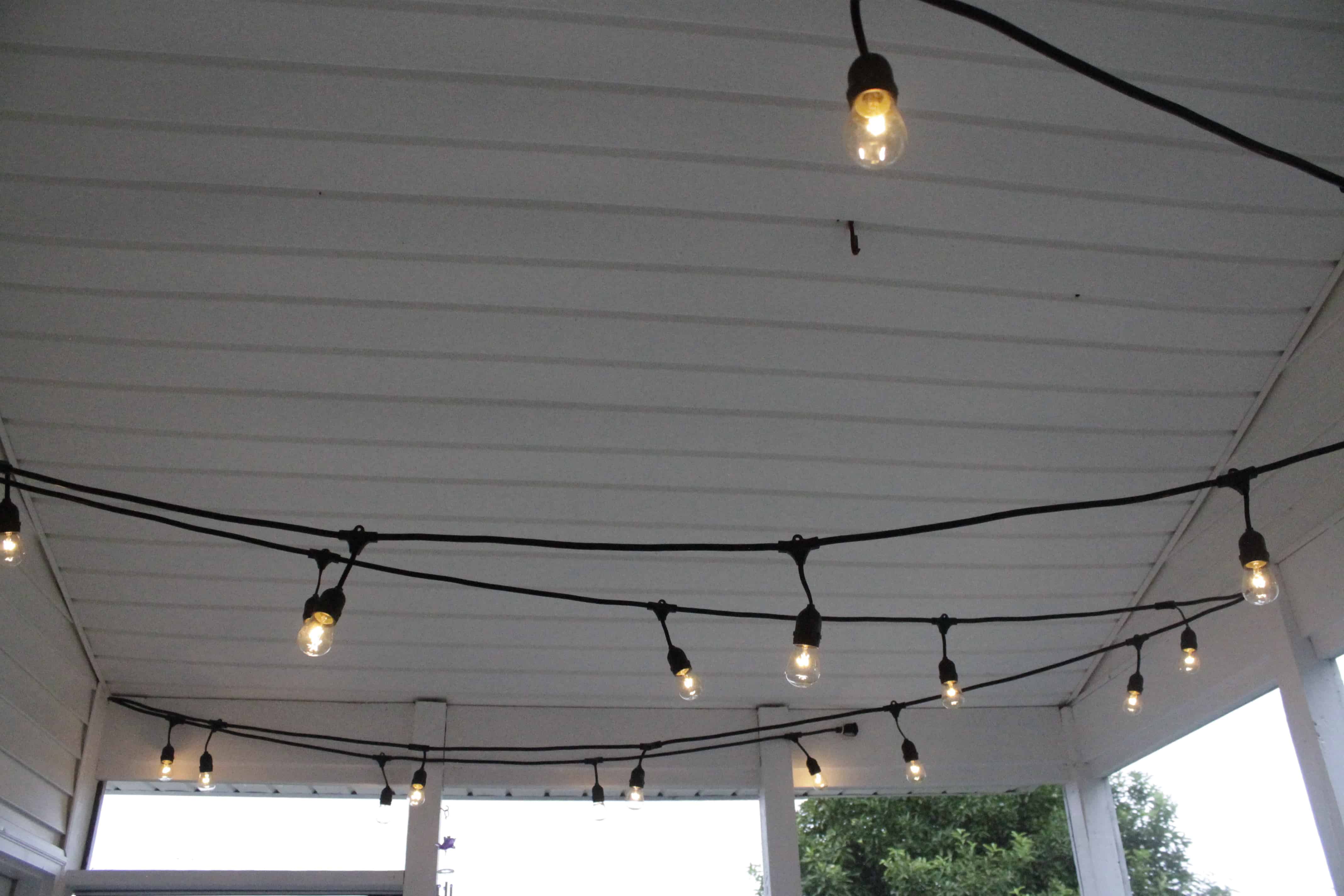

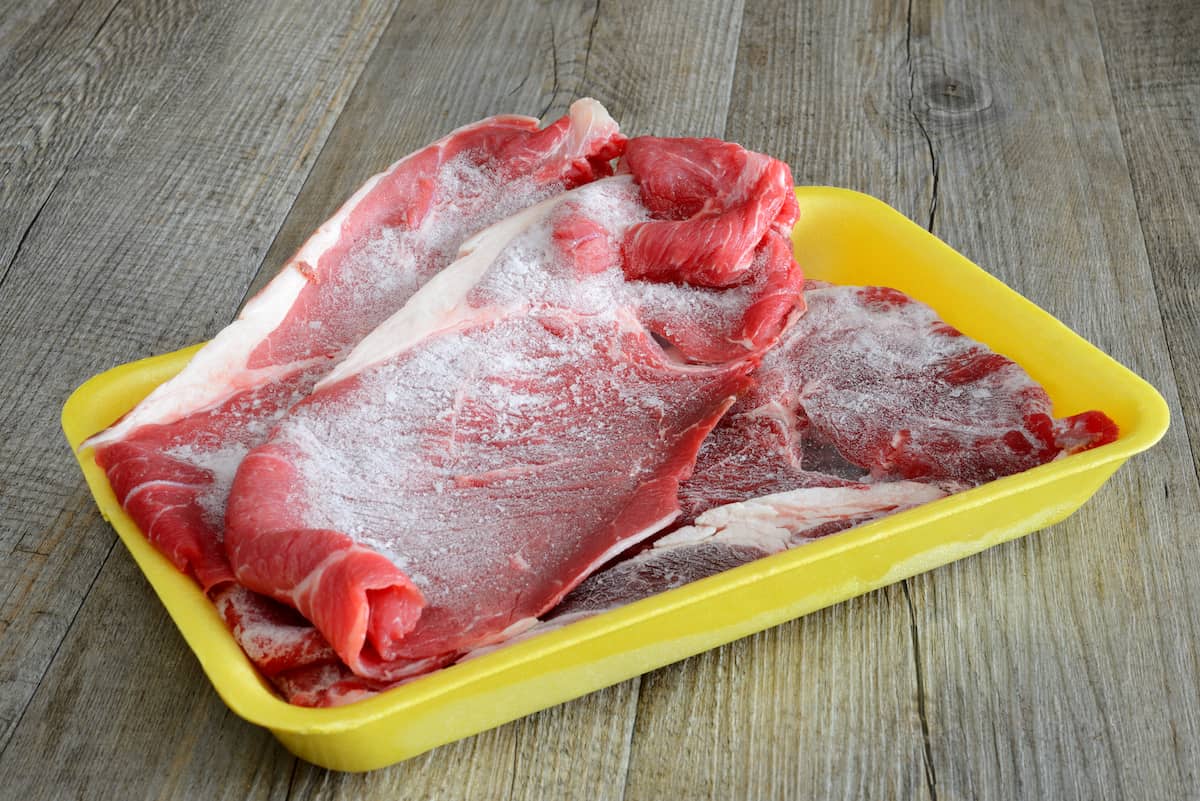

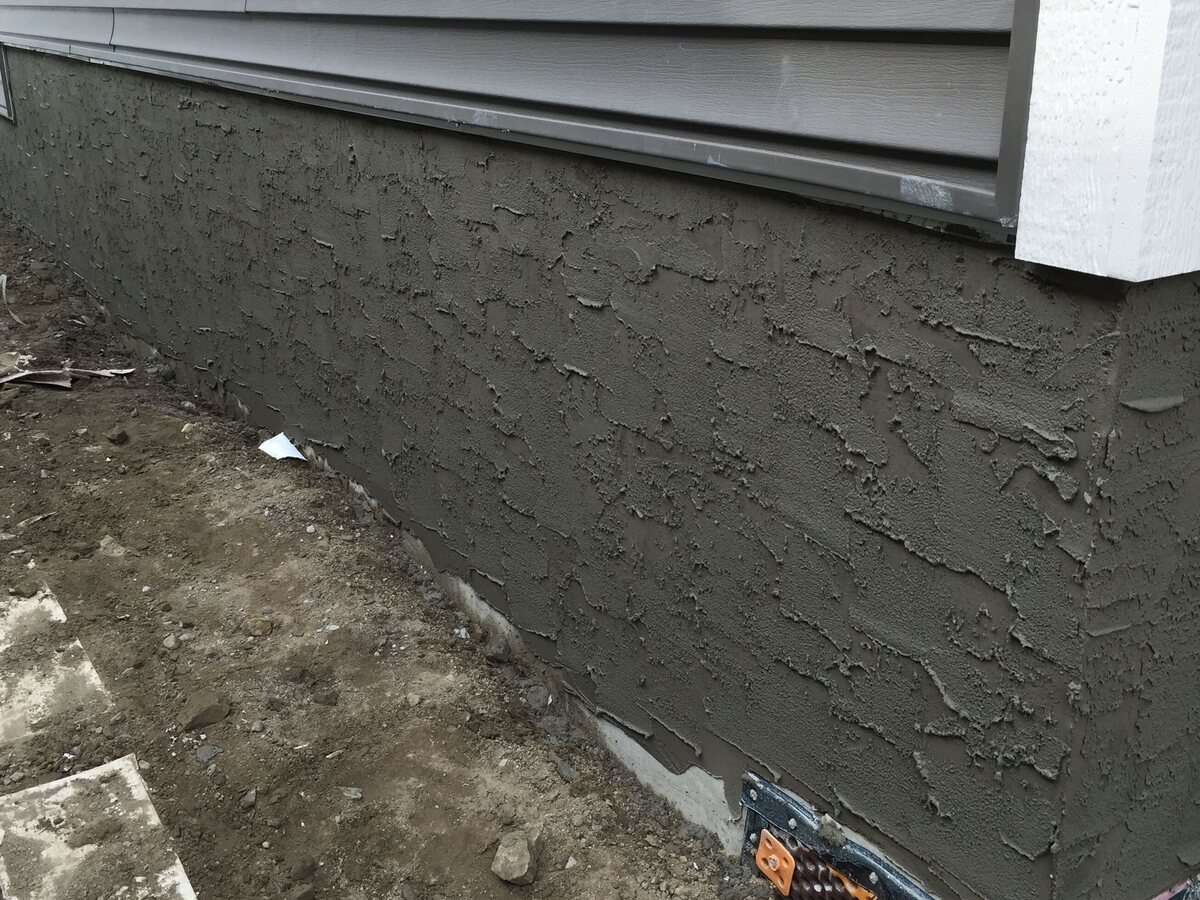
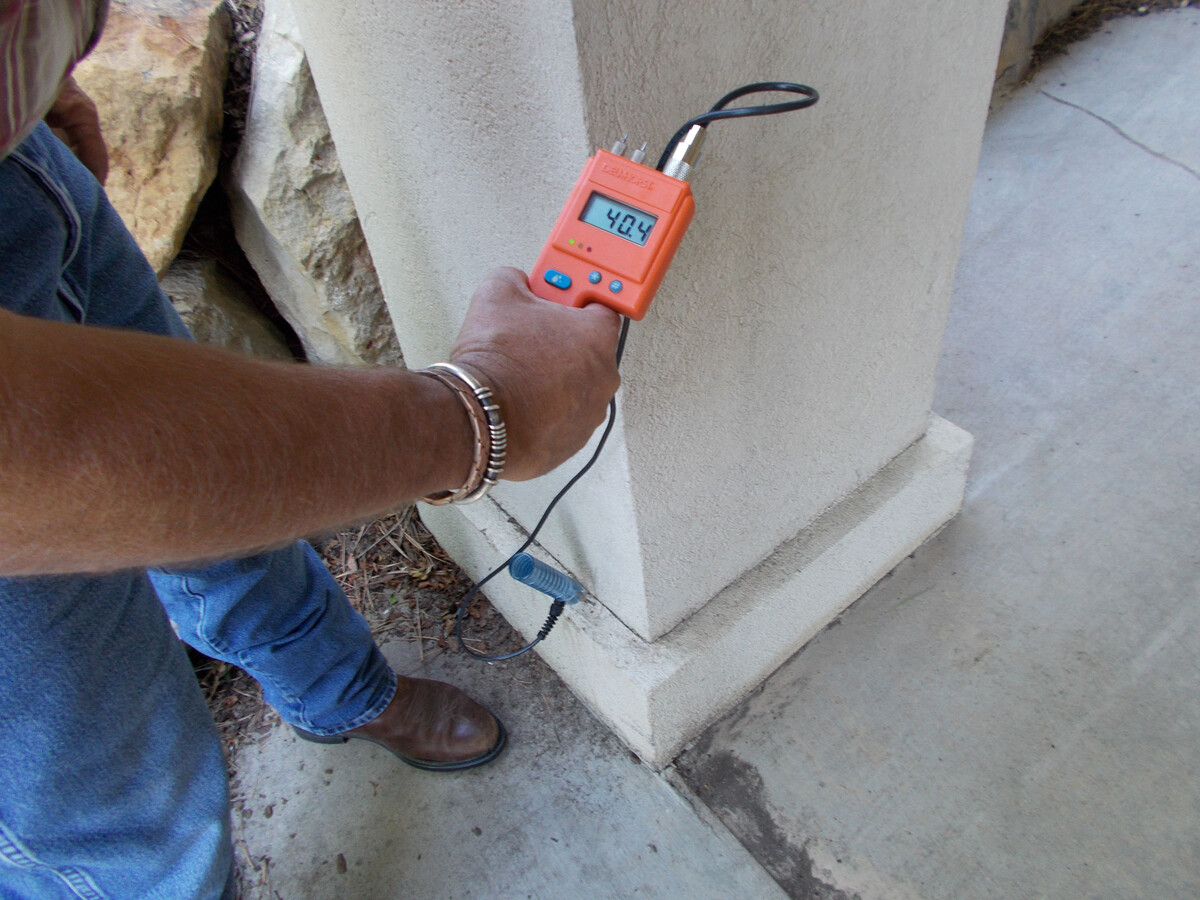

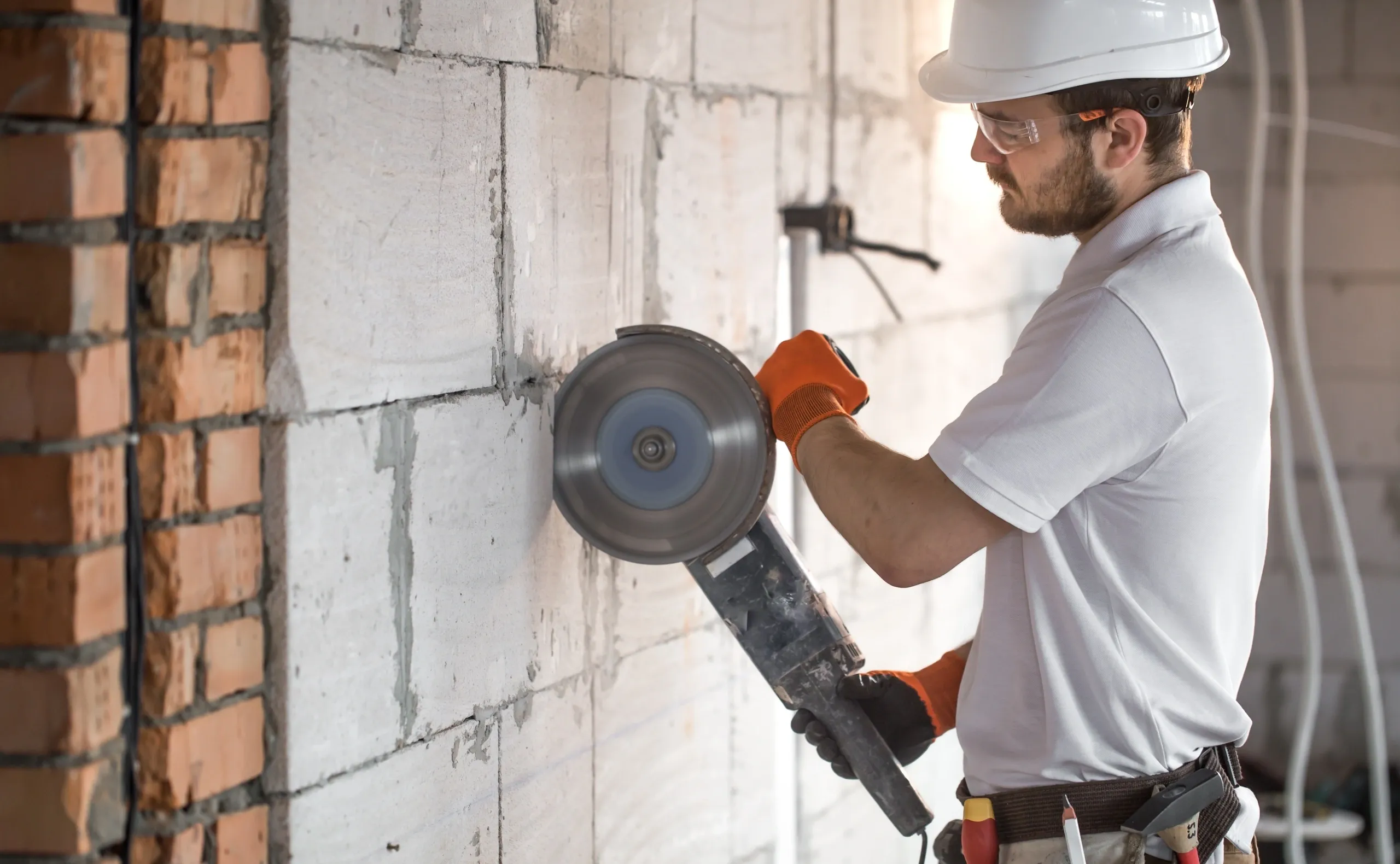
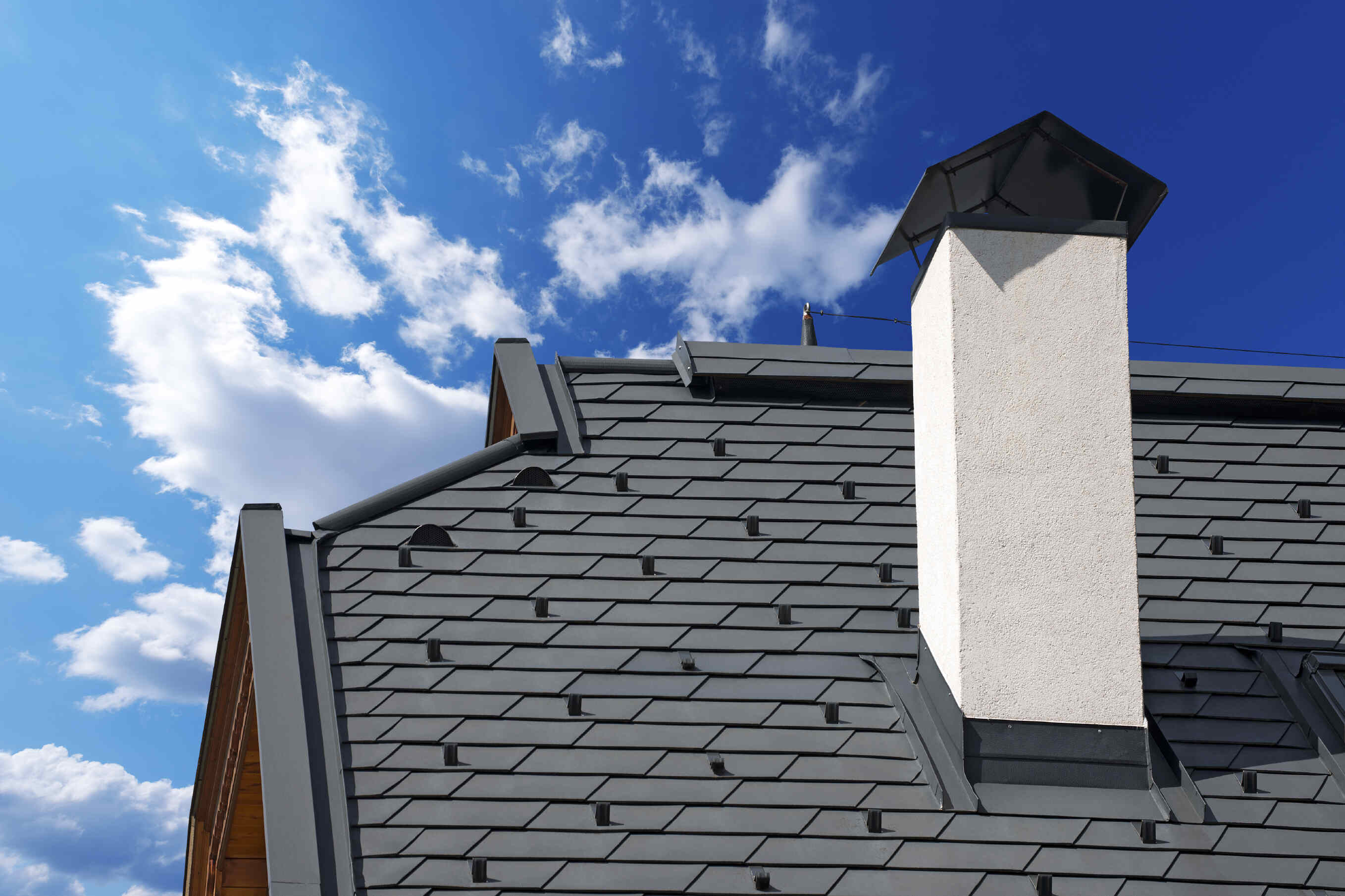
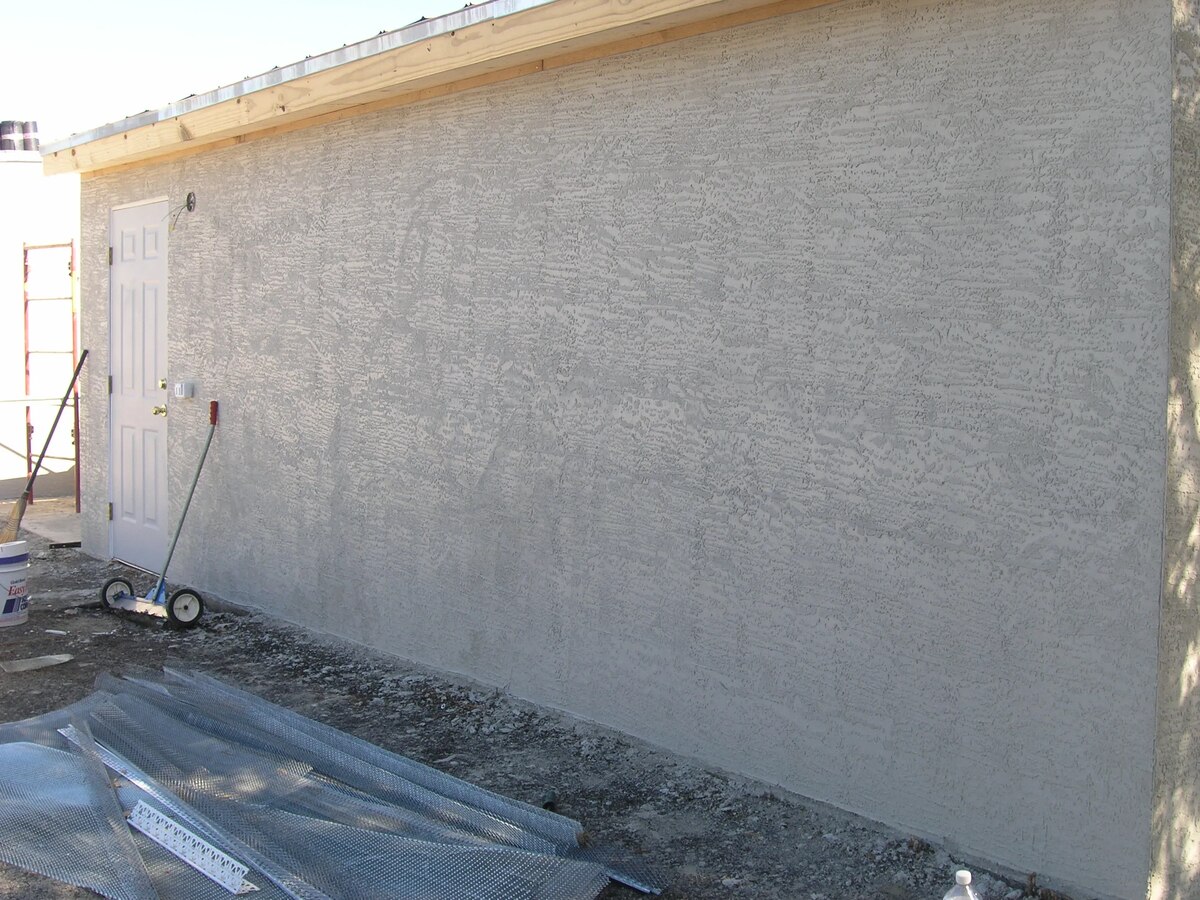
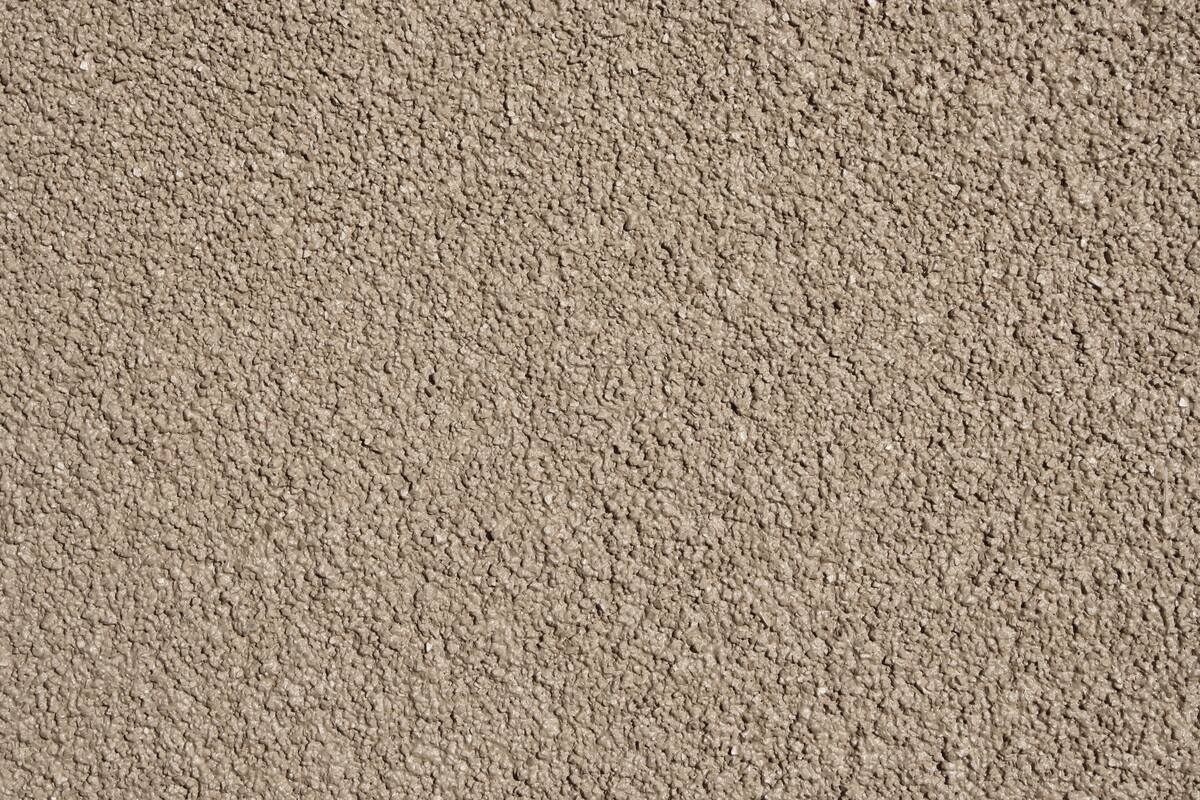
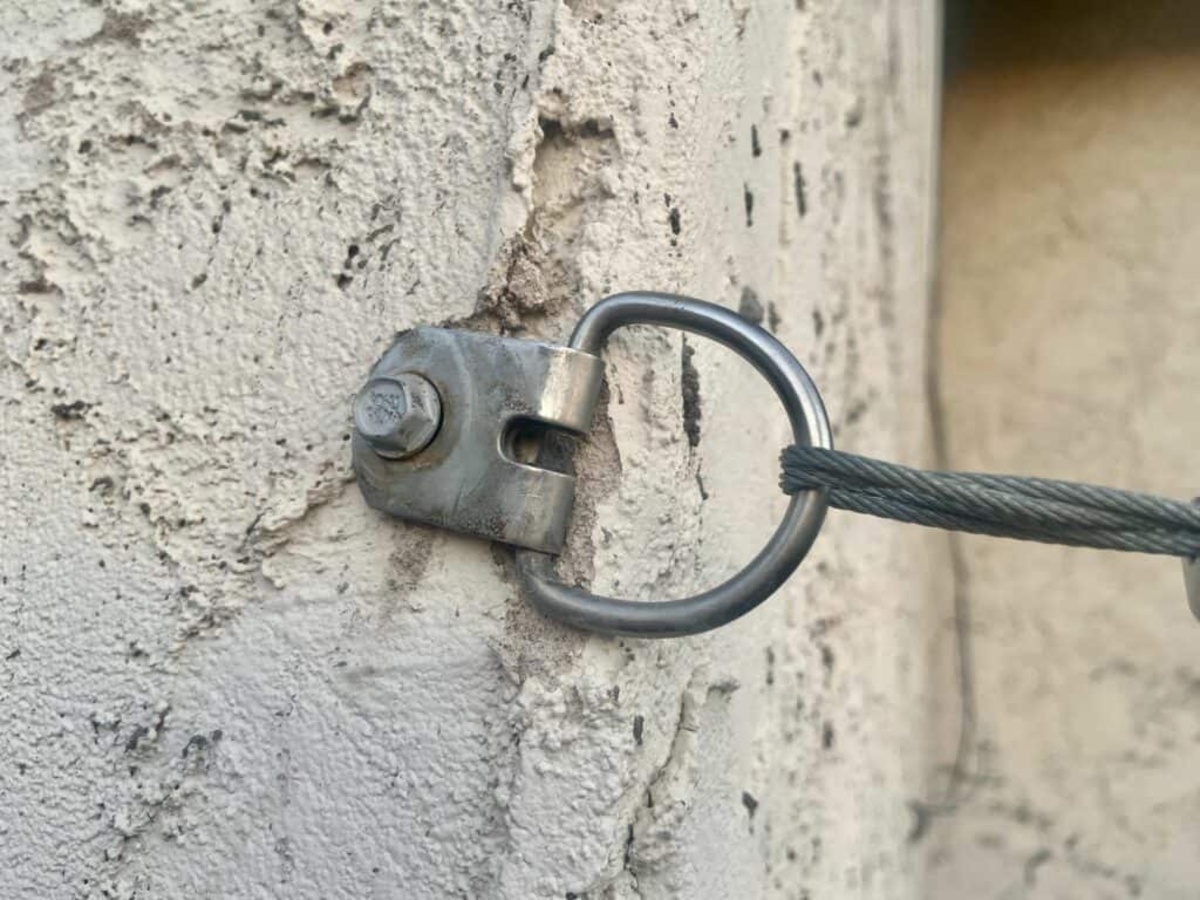
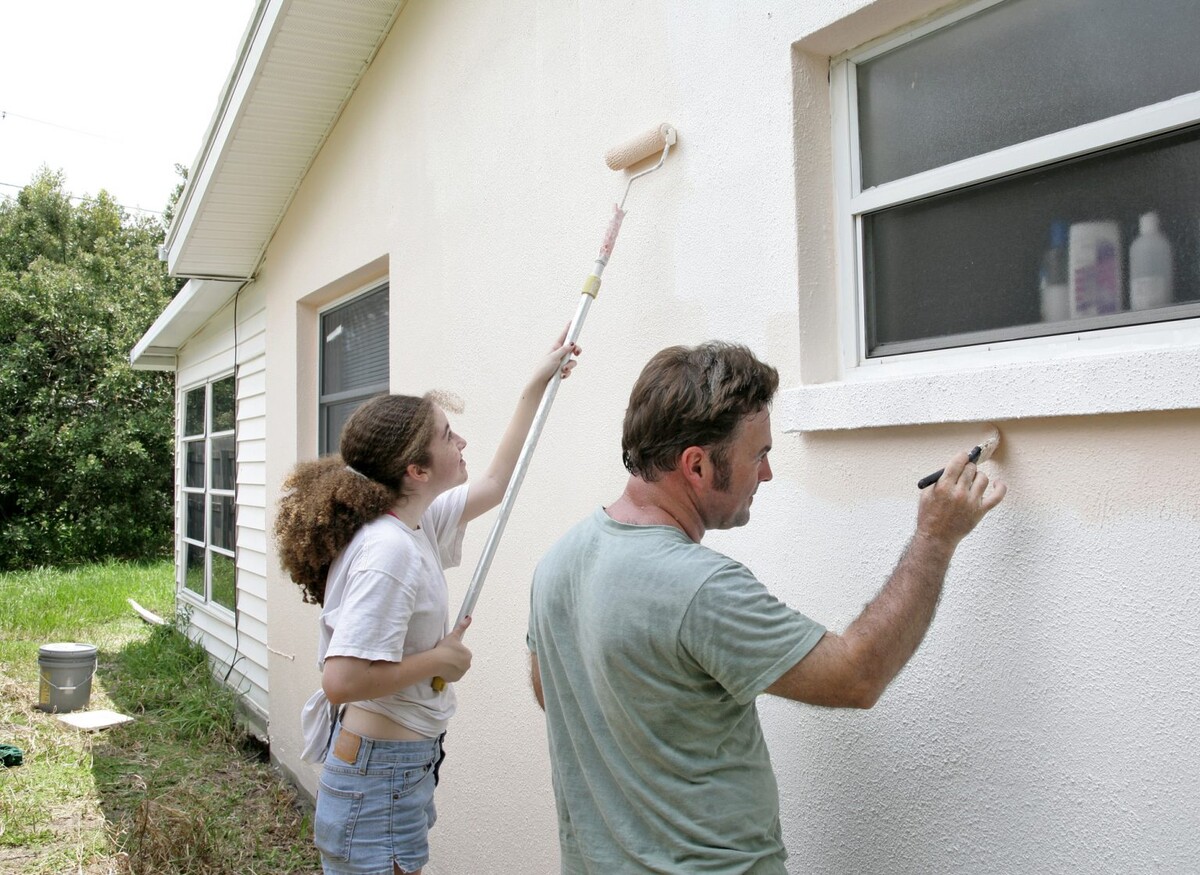

0 thoughts on “How To Hang Something On Stucco”